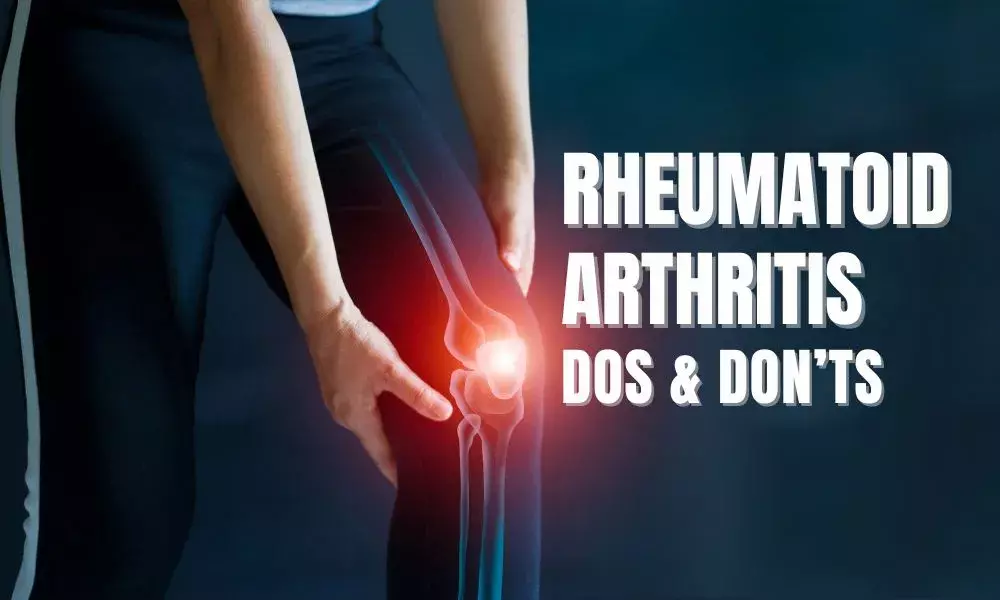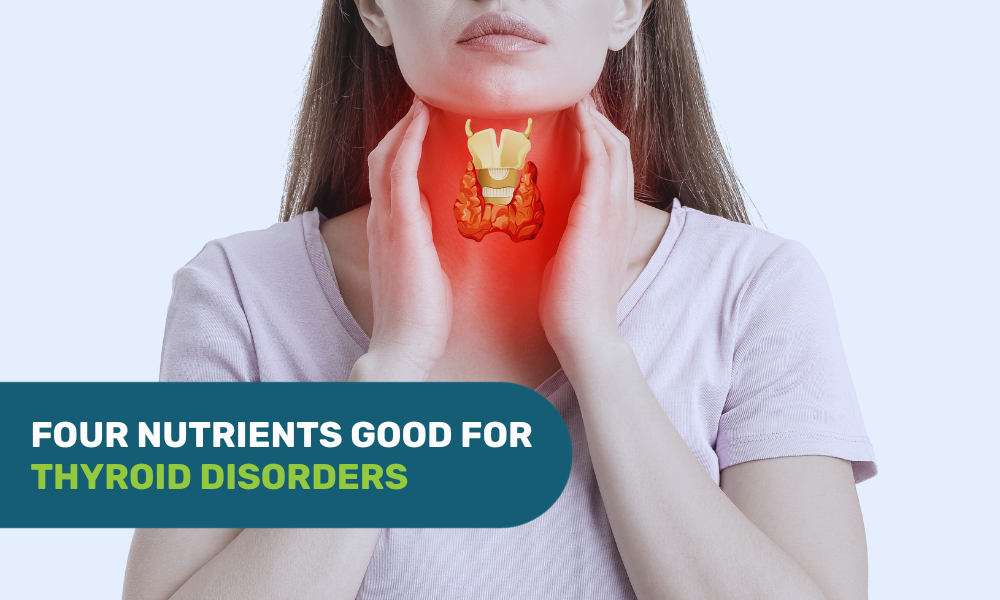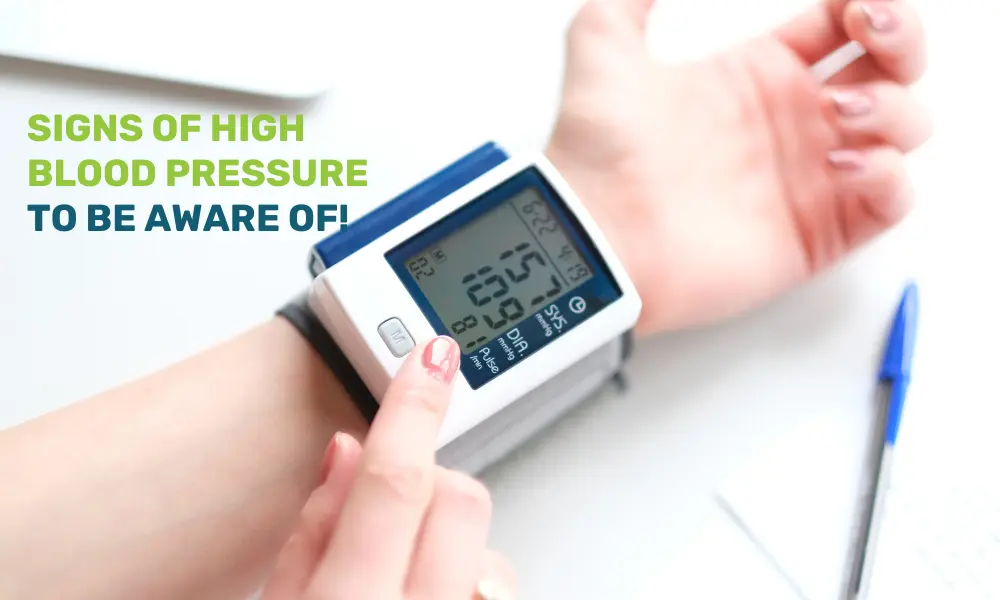Blood pressure, medically referred to as Hypertension, is certainly one of the most prevalent lifestyle diseases of our era. Most of the time, it goes unnoticed for many years because it rarely develops any noticeable signs and symptoms; therefore, it is often described as a “silent killer.” Nonetheless, if left untreated, it may cause serious complications such as stroke, heart attack, and kidney disease. While medication cannot be avoided for some, blood pressure management always starts with an even, evidence-based diet.
Our in-house expert, Dt. Aparna Pandey, MSC-Nutrition and Dietetics, shares what individuals with hypertension need to put on their plate and why these lifestyle modifications can be life-changing.
1. Emphasize the DASH Diet:
The DASH (Dietary Approaches to Stop Hypertension) diet is a scientifically researched diet specifically aimed at reducing blood pressure. It targets entire, unprocessed foods that contain naturally high levels of nutrients like potassium, calcium, and magnesium, essential minerals that control blood pressure. Dash Diet plate should include:
-
Vegetables and Fruits: Always include at least 4 to 5 servings of fruits and vegetables. They are rich in potassium, fiber, and have antioxidant properties. Examples of fruits and vegetables include bananas, oranges, spinach, and tomatoes.
-
Whole grains: Substitute refined flour with oats, brown rice, quinoa, or whole wheat roti to maintain consistent energy levels and keep your heart healthy.
-
Low-fat dairy: Have curd, toned milk, or paneer in moderation to obtain calcium and protein without surplus saturated fat.
-
Lean proteins: Use pulses, dals, sprouts, tofu, fish, or skinless chicken. Plant-based proteins are especially heart-friendly.
2. Add Potassium-Rich Foods:
Potassium balances the amount of sodium in the body and relaxes pressure on blood vessel walls, lowering blood pressure. Most hypertensive individuals consume too much sodium and too little potassium.
Add:
-
Coconut water
-
Bananas
-
Sweet potatoes
-
Spinach
-
Beans and lentils
-
Avocado
Patients with kidney disease must not add potassium without consulting their dietitian.
3. Add Healthy Fats:
Fats are not always bad. Healthy fats, in fact, promote heart and vascular well-being. Replace saturated and trans fats with unsaturated fats present in:
-
Nuts and seeds (flaxseeds, walnuts, chia seeds, almonds)
-
Cold-pressed oils such as mustard, olive, or groundnut oil
-
Fatty fish (salmon, sardines, mackerel) if non-vegetarian
-
Restrict butter, ghee, fried foods, and trans-fat-rich processed foods.
4. Eat Adequate Fiber
A fiber diet improves blood pressure control by enhancing cholesterol profiles and promoting weight management. Incorporate:
-
Whole fruits rather than juices
-
Raw salads prior to eating
-
Legumes and whole grains
-
Psyllium husk (isabgol) if fiber consumption is low
5. Drink Plenty of Fluids and Restrict Caffeine
Water also helps regulate blood viscosity and contributes to kidney function. Dehydration is a temporary cause of elevated blood pressure, so drink at least 8–10 glasses of water per day.
One must avoid caffeinated drinks such as coffee and tea, as high levels of caffeine can lead to short-term increases in blood pressure. Drink green tea, herbal teas, or infused water instead.
6. Limit Sodium Intake
One of the most important features of a diet suitable for hypertension is that it is low in salt. Too much salt directly increases blood pressure through water retention.
Tips:
-
Do not add salt to the table.
-
Reduce the use of pickles, papads, sauces, and processed snacks.
-
Check food packaging choose items with “low sodium” labeling.
-
Use herbs, lemon juice, and spices as flavoring instead of salt.
-
The limit is less than 5 grams (1 teaspoon) of salt daily, from all sources.
7. Control Portion Sizes and Weight
Obesity puts more pressure on your heart. An ideal diet with portion control aids in maintaining normal body weight. Consume small frequent meals, eat slowly, and finish eating when 80% full.
8. Lifestyle Supplements
A balanced diet is most effective when combined with frequent exercise, stress management, and sufficient sleep. Try yoga, deep breathing, or mindfulness these not only soothe the mind but also lower blood pressure naturally.
In a Nutshell
Hypertension is not about restriction; it’s about making wiser, regular food choices. Having a diet rich in vegetables, fruits, whole grains, and good-quality protein,
Consuming low salt and processed foods can be a good method of naturally regulating blood pressure.
Small daily routines, such as replacing chips with fruit, reducing salt intake slightly, or taking a 30-minute walk daily, can all significantly contribute to your heart’s well-being. Your diet is not just about food; it’s your body’s first line of defence. For more such nutrition-related tips – CLICK HERE!
Disclaimer: This article is meant for informational purposes only and must not be considered a substitute for professional advice.





